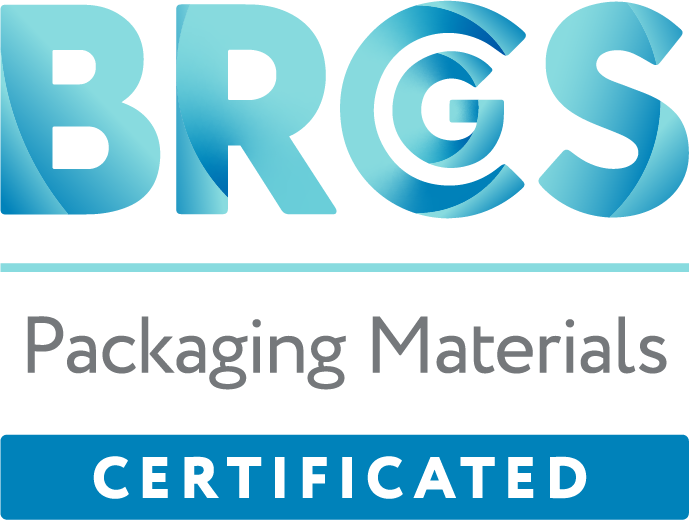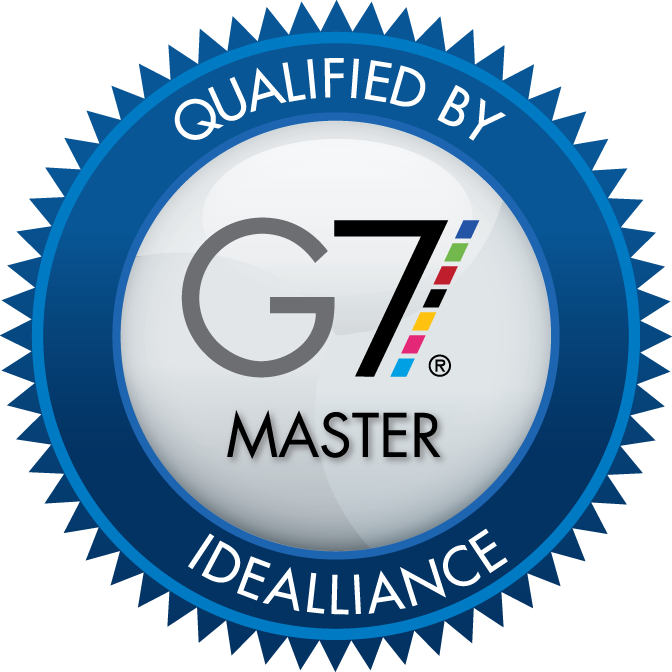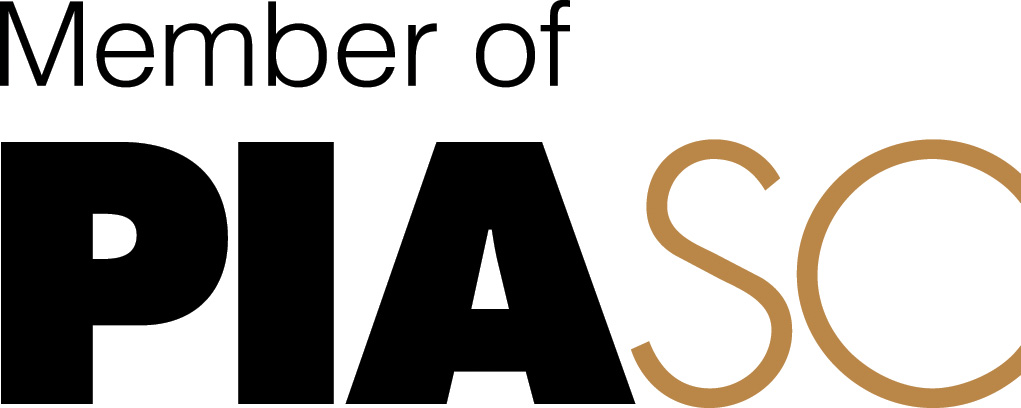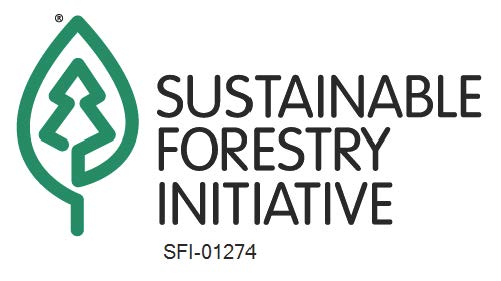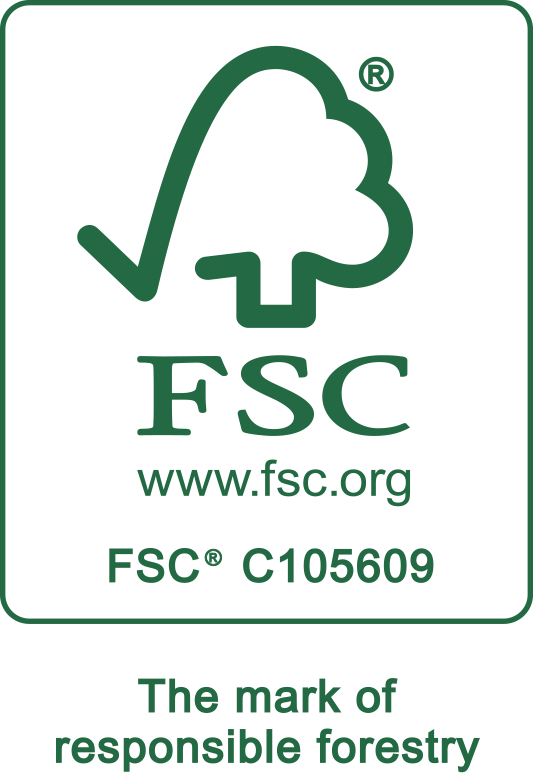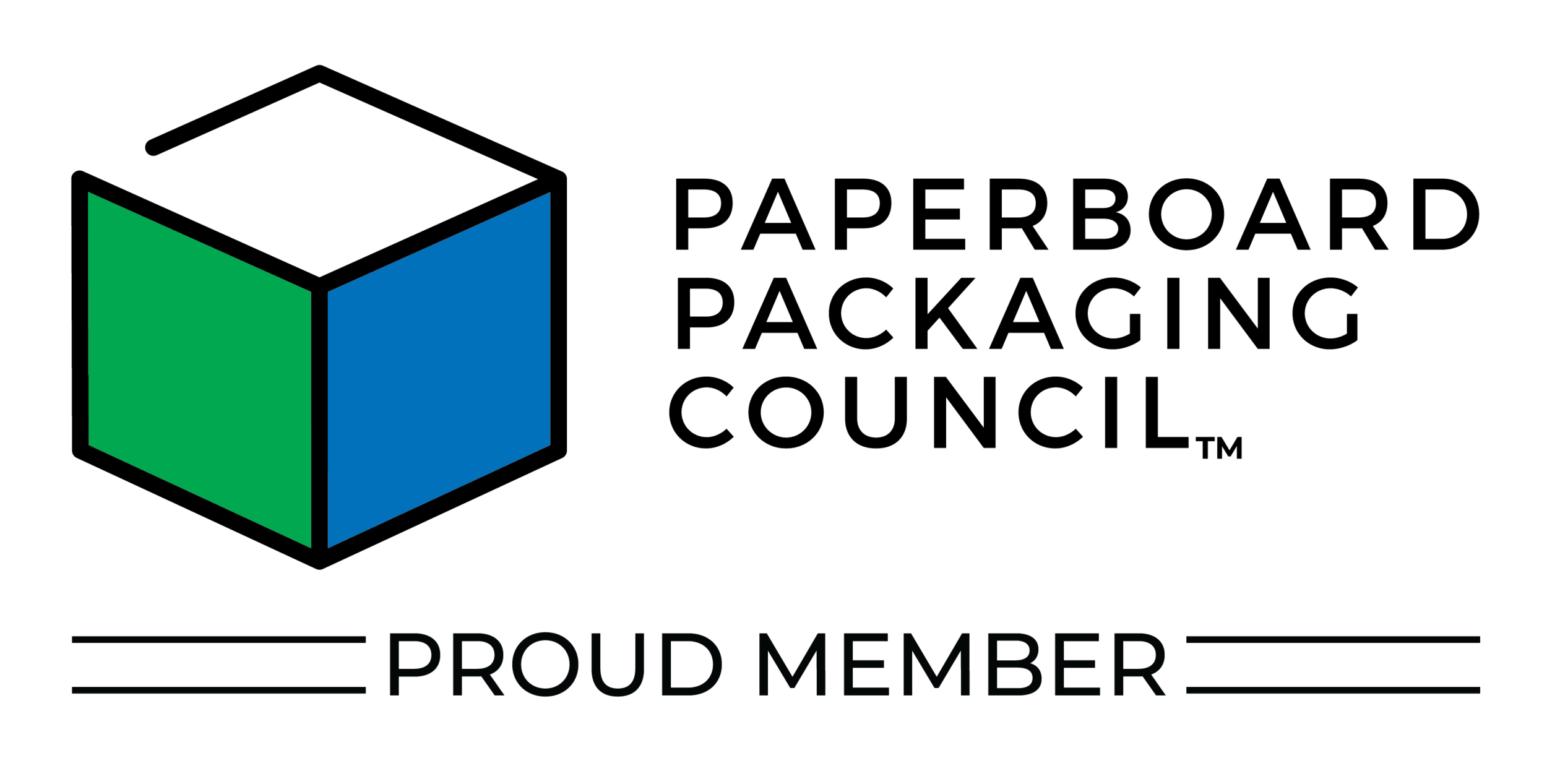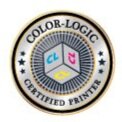Box Score Magazine -- Doug Rawson, CEO, Superior Lithographics -- July/August 2009
In the beginning, there were kraft and white boxes with flexographic printing. Then, in the 1980s, the growing influence of big-box retailers forever changed corrugated converting. Instead of hiring sales people, big-box retailers demanded that the corrugated box stand out with a sleek, high-quality graphic that attracted attention and provided sales information to customers. As a result, litho-laminated packaging emerged as a major player in the corrugated industry.
For sheet plants, transitioning to litho-lamination presents opportunities to get into new markets, but it also comes with a few sticky challenges. The process of laminating (gluing) a printed litho-label to double-face corrugated board and then die-cutting it can result in cracking on scores during the converting process. And if not applied properly, litho-labels can bubble and not lay flat on the board.
By taking some relatively easy steps, these problems can be avoided, keeping customers, sales forces and production departments happy; and projects on schedule and most importantly, on budget.
There are many potential causes for cracking on scores after a litho-labeled corrugated box is die cut. But one of the primary reasons is also the one most overlooked: glue. A $15,000 litho-label order can be ruined by using $100 of the wrong kind of glue.
Resin and Hybrid options
The most common mistake is using dextrin glue which crystallizes when dried putting additional pressure on the back of the litho-label which leads to score cracking.
One solution is to use resin glue. Unlike dextrin, resin glue dries as a pliable film and this reduces the pressure on paper when the score is folded. However, compared to dextrin, resin glue is twice the cost per pound, and it attacks rubber which increases maintenance on laminators.
While many sheet plants have already switched from dextrin to resin, there’s a third choice - hybrid glues that have the advantage of both. Like resin, hybrid glue dries as a soft, pliable film; and like dextrin, hybrids are gentle on rubber. There are glue suppliers that have formulated hybrids specifically for litho-lamination.
The cost issue becomes immaterial when you do the math. Do you know how many pounds of glue you use per thousand square feet (MSF)? Chances are you don’t. Few companies weigh the glue tote before and after running a job, and then calculate the MSF through the laminator to determine their usage. In fact, many companies allow laminator operators to use whatever amount of glue they feel is appropriate.
Monitoring and controlling the spread rate of glue is vital and should be a part of your production methods. The correct usage of dextrin is a spread rate of 10#/ MSF. For hybrids it can be as low as 6#/MSF. The difference in yields doesn’t completely negate the price difference per pound, but it’s less than $1.50 per MSF, and in most cases, it’s about 50 cents per MSF.
A cost increase of $1.50 per MSF for eliminating score cracking is an easy call. One of our sheet plate customers was losing $4,700 in rejected product every time they ran a particular job. After months of trial and error, they consulted with a glue vendor. The cracking on scores disappeared as soon as they switched to the right glue formulated for their Automatän litho-laminator.
While score cracking can be caused by other issues, such as increased recycle content and low-moisture content of the litho-label, glue is the one component that is easy to control both from the type you purchase to the amount you apply.
A checklist to prevent score cracking includes:
the right paper
the correct scoring rule
hitting the die board on the correct side
always using matrix *
using low flute profiles
labels with the correct moisture content
storing and using litho-labels in a humidity-controlled environment
resin or hybrid glue
Bubbles, Bumps and Humps
The problem of bubbling during litholamination tends to occur under areas with heavy ink coverage of dark color (blues and/or black). The cause relates to the affect of liquid on paper fibers. Technically, this is called “hygroexpansivity” - the degree that an increase in moisture content causes fibers to swell, forcing the sheet to expand. After liquid dries, the fiber size decreases, but remains larger than its original size.
Think of spilled coffee on paper. After it dries, the paper is rippled due to the fibers’ expansion. If heavy ink areas are surrounded by areas with lighter ink coverage, such as a white border around the edge of the sheet, the fiber growth is manifested by a hump or bubble causing the paper to lift off the surface of the corrugated board after the application of glue.
To satisfy customers and achieve what the graphic arts industry calls “rich blacks,” the lithographic printing process usually dictates that dark inks be printed on top of other ink. Similar to flexographic inks, lithographic inks are transparent. In areas with large areas of dark colors the total ink coverage can be 280 percent just shy of three hits. This causes the fiber to grow under these areas.
If you examine your laminator while the bubbling is occurring, you’ll notice that initially the litho-label is flat, but over the next few seconds it rises up and forms a bubble. When you cut the area, there’s wet glue under the bubble. The good news is that the solution is inexpensive and simple: a fast-setting glue with a short “open time”-the length of time between the application of glue to the label and when fiber pull-out occurs. If you are using an Automatän, the open time should be as short as five seconds.
*An additional piece of plastic that is added to the diecutter that is the male to the scoring rule female. Using matrix flattens out the board and relieves pressure on the litho-label because it has less radius to travel after the board is flattened by the matrix at the score.
Doug Rawson is the CEO of Superior Lithographics, a package printing specialists for corrugated box converters and the folding carton market (www.superiorlithographics.com). Based in Los Angeles, Rawson is an Executive Board Member of the Printing Industries Association of Southern California. He can be contacted at: doug@suplitho.com.

